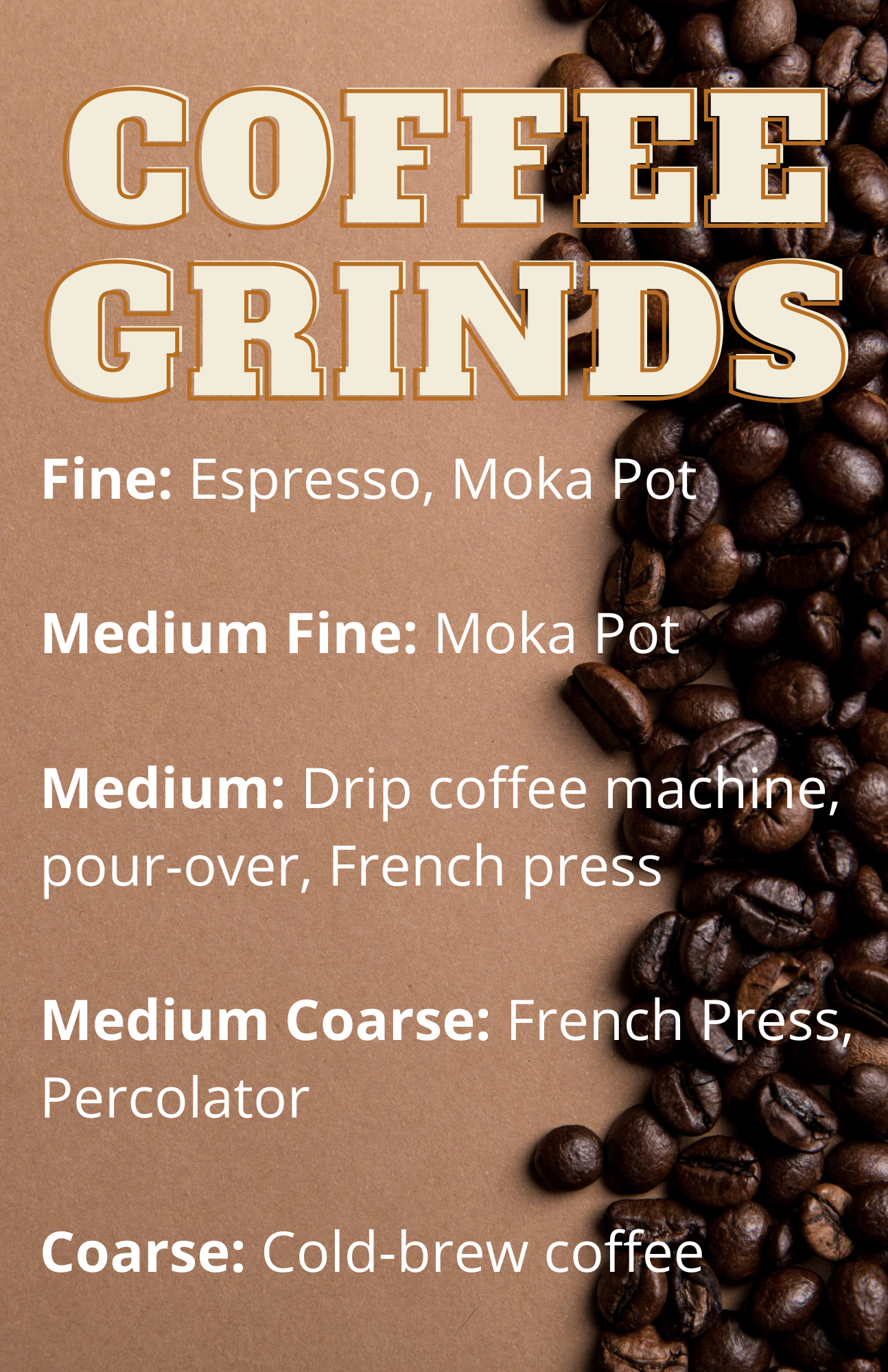Don’t Gamble With Your Grinds - The Over Under on Coffee Beans
Have you ever wondered if the grind of your coffee beans affects the flavors? When I first began diving into the world of coffee, I did not know the true effect that the coarseness of my coffee grounds would have on the flavor. Now that I have explored more, and bought myself a coffee grinder, I can see just how much of an impact it has.
The grind on the beans can be the difference between a really well-balanced cup of coffee and one that falls totally flat in flavor and aromatics.
Depending on the brew method that you are using, you want to adjust the type of grind you use. Using the wrong grind can result in under extraction or over extraction.
What is under extraction?
Under extraction means that you did not pull all the soluble flavors out of the coffee. More flavors are still left in the grounds that can help balance out the undesirable outcome. When you under extract the beans, you end up with a sour, acidic, or salty flavor.
Instead of having a delicious coffee flavor that lingers in your mouth, you are left puckering and wondering what happened to the rich coffee you are used to.
What is over extraction?
Over extraction is the exact opposite of under extraction. Instead of pulling out too few flavors, you pulled out too many. Over extracted coffee can taste hollow, bitter, dry, and empty. (Some dryness is caused when roasted with chocolate, so make sure to check the roast profile before deciding that you over extracted your coffee.)
When coffee is over-extracted, I find that it often tastes burnt or extremely bitter. I like a strong coffee, but this is too strong and difficult to finish. It isn’t rich or slightly creamy. Instead, the complexity is off-kilter and it tastes more like swallowing wet coffee grounds. (Ew.)
How do I fix it?
Like I mentioned earlier, the grind size that you need to use is determined by your brewing method. The way in which we brew coffee has differing processes that are designed to pull just the right amount of aroma and flavor from the coffee. Some of this requires experimenting and adjusting with each batch and brew.
But, you can also use my mini grind guide to help you.
I like to conceptualize my grinds into 5 sizes: Fine, Medium Fine, Medium, Medium Coarse, and Coarse.
For the more delicate drinks that pack a caffeine punch (espresso and Moka Pot) you need to use a fine grind. These brew methods extract from the grounds quickly to create a dense, rich flavor.
French press, drip coffee, and pour-overs are best when you use a medium grind. Pulling too fine of a grind with these methods can lead to over extraction. Because “medium” is a loose term, you can start to play with this and determine what variety of medium grinds lead to the coffee whose flavor profiles you prefer.
Coarser grinds work best for percolators and cold brews. These brew methods are often slower and steep within the already brewed coffee. A coarser grind allows the flavors to release a little slower and won’t cause over extraction. Using a fine grind in these methods would immediately lead to a bitter and hollow coffee flavor.
Find a coffee grinder that you can experiment with for grind size and have fun with these different brew methods to find a flavor that you love!
Happy brewing!
Mrs. Brew

